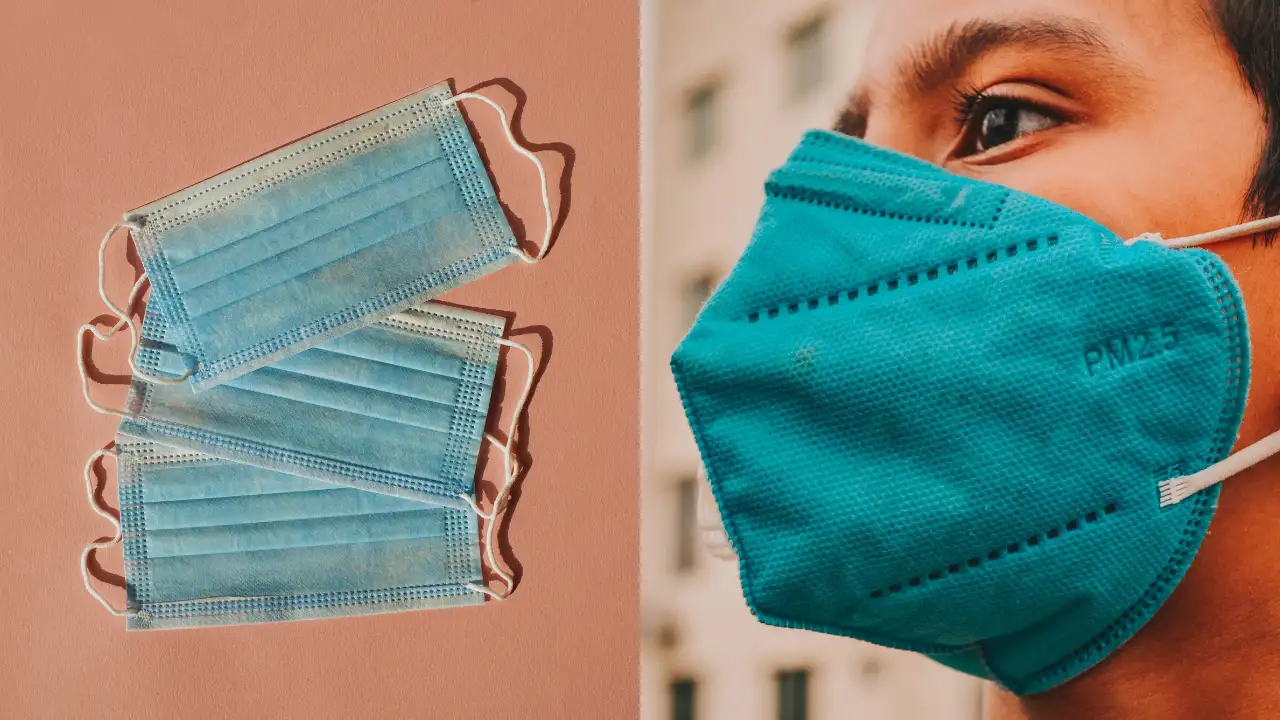Active cases in India have crept past the 7,300 mark as of Sunday, and while it is far from the early pandemic chaos, it is still worth raising an eyebrow. Kerala has emerged as the worst-affected state, reporting over 3,292 cases on its own since January this year. As per the MoHFW, 97 deaths have been reported since January this year. Health officials attribute the rise to highly transmissible variants such as JN.1, NB.1.8.1, and LF.7.
Most of the recent COVID-19 deaths have occurred in individuals with pre-existing health conditions. In Delhi, the three reported deaths involved individuals with diabetes, lung disease, liver issues, and hypertension. Kerala recorded five deaths, all in elderly patients with a combination of conditions such as diabetes, hypertension, chronic kidney disease, coronary artery disease, dementia, stroke, Parkinson’s, and thyroid disorders. In Maharashtra, two individuals succumbed—one with diabetes and hypertension and the other with acute myeloid leukaemia and anaemia.
This pattern shows the vulnerability of those with underlying illnesses and the importance of preventive measures, especially for high-risk groups. But over the last few years, post-pandemic, our faces have stayed bare, masks long forgotten. However, in this breathless rush for protection, not all masks are created equal.
So, just how much of a barrier does a face mask really provide? Let us find out.
1. N95/FFP2 Respirators
These are said to be the best in the mask world, tight-fitting, multi-layered, and designed to filter out at least 95 per cent of airborne particles, including viruses. If fitted properly, they form a seal around your nose and mouth, leaving no space for particles to penetrate. Ideal in high-risk settings like hospitals, these were the most reliable during peak COVID chaos.
2. KN95/FFP1 Masks
Not quite as rigorous as their N95 counterparts, but still impressively efficient, these masks came to the rescue when the former were in short supply. They offer good filtration (around 80-94 per cent) and are better than standard medical masks, though quality varied widely during the pandemic rush.
3. Surgical/Medical Masks
These 3-layered masks do not seal around the face, but they still do a decent job filtering out large droplets. They mainly protect others from you, making them a courtesy move as much as a health precaution.
4. Double Masking
Combining a surgical mask with a well-fitted cloth mask offers increased filtration and better fit, making it a budget-friendly hack.
5. Cloth Masks
In the early days, when masks were rare, cloth masks became our go-to. Made from t-shirts, scarves, or whatever was lying around, they offered basic protection, especially if layered and tightly woven. But compared to medical-grade masks, they were more fashion than protection.
It is worth noting that while no mask guaranteed 100% protection, the right one, worn the right way, will reduce your risk of infection and help slow the viral spread.
